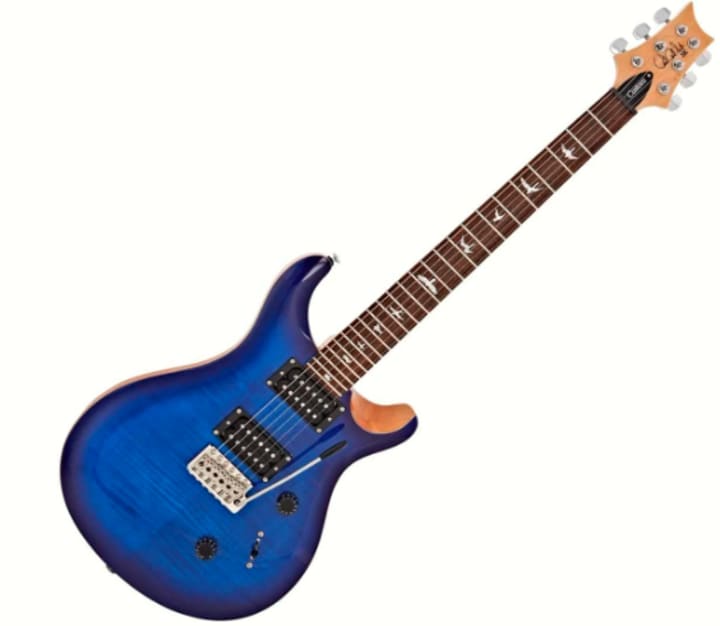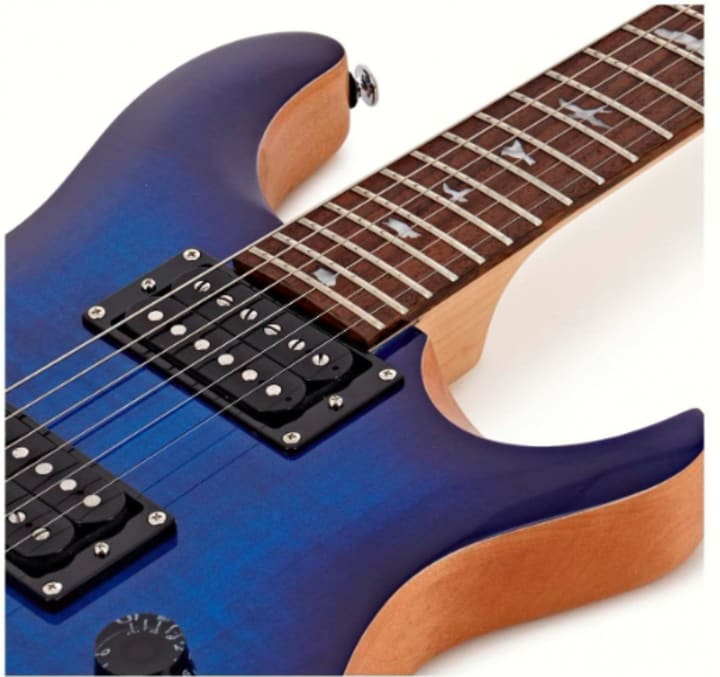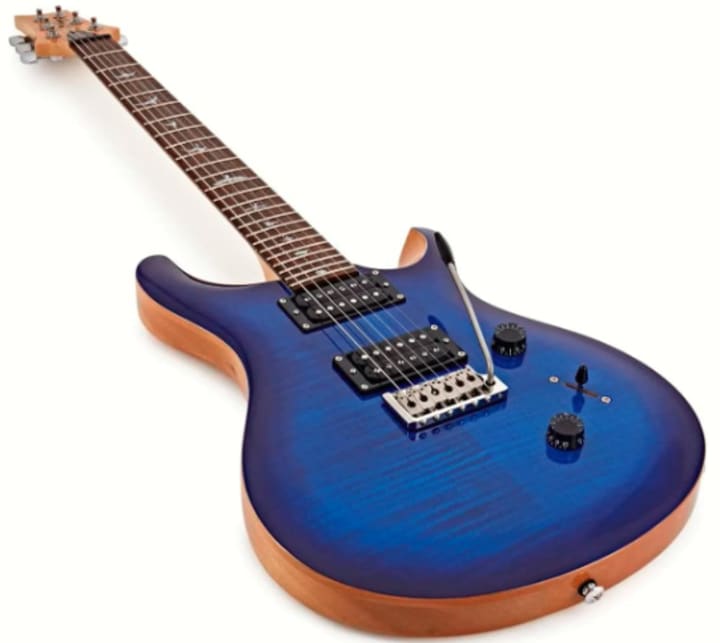Crafting Harmony: Designing the Ideal Musical Instruments Setup
Harmonizing Creativity: Crafting Your Unique Sound with the Ultimate Musical Instruments Setup
Introduction:
The process of creating music is incredibly intimate and expressive, and an artist's acoustic environment is greatly influenced by the instruments they choose to use. The right arrangement of musical instruments requires careful consideration of many different elements, from the technical requirements of sound production to the musical preferences and style of the artist. In this piece, we explore the elements that go into creating the perfect arrangement of musical instruments, encouraging innovation, adaptability, and a smooth blending of tones.
Pl. Click here to know more>>>>

Diversity in Instrumentation:
The variety of instruments is the basis of a perfect musical arrangement. A well-rounded collection gives musicians the freedom to experiment with several genres and convey their ideas musically in a sophisticated way. Combining more unusual possibilities like synthesizers, electronic drums, and exotic percussion instruments with more conventional instruments like guitars, pianos, and drums can create a basic configuration. Because of this diversity, artists are able to realize their creative ideals and are encouraged to experiment.
Quality over Quantity:
Diversity is important, but quality comes first. Purchasing high-quality instruments enhances the listening experience by ensuring a full and genuine sound. It is important to thoroughly consider the craftsmanship, tonal qualities, and playability of each instrument before choosing one. An instrument that is well-tuned and maintained prolongs the setup's life while also improving performance.

Seamless Integration and Connectivity:
A smooth instrument integration is essential in this technological age. The link between analog and digital components in a setup is created via MIDI controllers, audio interfaces, and digital audio workstations, or DAWs. With this combination, artists may create sounds that mix the accuracy of digital sound processing with the warmth of analog. The possibilities are unlimited. It is easier for musicians to turn their ideas into tangible compositions when their workspace is well-organized and connected.

Personalization and Customization:
The perfect arrangement of musical instruments reflects the individual preferences and style of the musician. With customization, artists can modify their instruments to achieve particular acoustic specifications. Customizations range from changing the pickups on guitars to building unique drum sets. These additions improve the instruments' playability and help them develop a distinctive sound. This degree of personalization encourages a closer bond between the musician and their instruments, resulting in a more genuine and personal musical experience.
Versatility in Sound Production:
A wide range of sounds can be accommodated in an optimal configuration. This adaptability is made possible by the marriage of electronic and acoustic components, which gives musicians the freedom to experiment with different sound textures. Modular synthesizers, effects pedals, and software plugins are useful instruments for modifying and sculpting sound. Artists are able to work across genres and explore new audio landscapes when they strike a balance between analog warmth and digital precision.
Comfort and Ergonomics:
A smooth and entertaining performance depends greatly on the musician's comfort level. An ergonomic arrangement of instruments, pedals, and other accessories will ensure comfortable access and less physical strain when performing for extended periods. An environment that is conducive to creativity can be created by having a well-organized workspace, comfortable seats, and appropriate lighting.
Pl. Click here to know more>>>>
The best for each category!
Certainly! Keep in mind that the "best" can be subjective, as it heavily depends on personal preferences, musical style, and budget. Here are some recommendations for each category based on general popularity and high regard:
Diversity in Instrumentation:
Guitar: Fender Stratocaster or Gibson Les Paul
Piano/Keyboard: Yamaha CP88 Stage Piano
Drums: DW Collector's Series
Synthesizer: Moog Subsequent 37
Percussion: LP Aspire Conga Set
Quality over Quantity:
Guitar: PRS Custom 24
Piano/Keyboard: Steinway Model D Grand Piano
Drums: Gretsch USA Custom
Synthesizer: Dave Smith Instruments Prophet-6
Percussion: Meinl Professional Series Congas
Seamless Integration and Connectivity:
MIDI Controller: Ableton Push 2
Audio Interface: Universal Audio Apollo Twin X
Digital Audio Workstation (DAW): Ableton Live or Logic Pro X
Personalization and Customization:
Guitar: Fender Custom Shop
Drum: SJC Custom Drums
Synthesizer: Make Noise Shared System Modular Synthesizer
Versatility in Sound Production:
Effects Pedals: Strymon BigSky Reverb, Eventide H9 Max
Software Plugins: Native Instruments Komplete
Modular Synthesizer: Mutable Instruments Eurorack Modules
Comfort and Ergonomics:
Comfortable Seating: Aeron Chair by Herman Miller
Proper Lighting: Luminoodle Bias Lighting
Workspace Organization: IKEA Studio Furniture Series (e.g., KALLAX shelves)
Keep in mind that these suggestions are just the beginning; you still need to experiment and select instruments and gear according to your own tastes, playing style, and the particular requirements of your projects. Additionally, you can create original and cutting-edge sounds in your musical endeavors by remaining open to experimenting with new instruments and technology.
Conclusion:
The process of creating the perfect musical instrument arrangement is dynamic and ever-changing. It has a tasteful fusion of contemporary and classical elements, showcasing the musician's distinct style and musical development. By carefully weighing factors like instrument variety, quality, integration, customization, comfort, and versatility, artists may build an environment that fosters creativity and continuously pushes the frontiers of musical expression. In the end, the ideal setup is a canvas that changes with the artist rather than a fixed idea, enabling ongoing musical exploration and invention.
Disclaimer:
This article contains external links; they are provided solely for informational purposes. The websites that the links point to are ones that we think might have useful and pertinent content. Nevertheless, we neither support nor accept liability for the veracity, correctness, or completeness of the data displayed on these outside websites. It is recommended that users use caution and conduct their own independent analysis of the content. The reader assumes all responsibility for any results or damages resulting from clicking on external links, and we disclaim all liability. Please be advised that when accessing such websites, you should consider their terms of use and privacy policies as they may differ.
Pl. Click here to know more>>>>
About the Creator
Md. Shah Jahan
I am affiliate marketer. I am working since 2019
Enjoyed the story? Support the Creator.
Subscribe for free to receive all their stories in your feed. You could also pledge your support or give them a one-off tip, letting them know you appreciate their work.






Comments
There are no comments for this story
Be the first to respond and start the conversation.